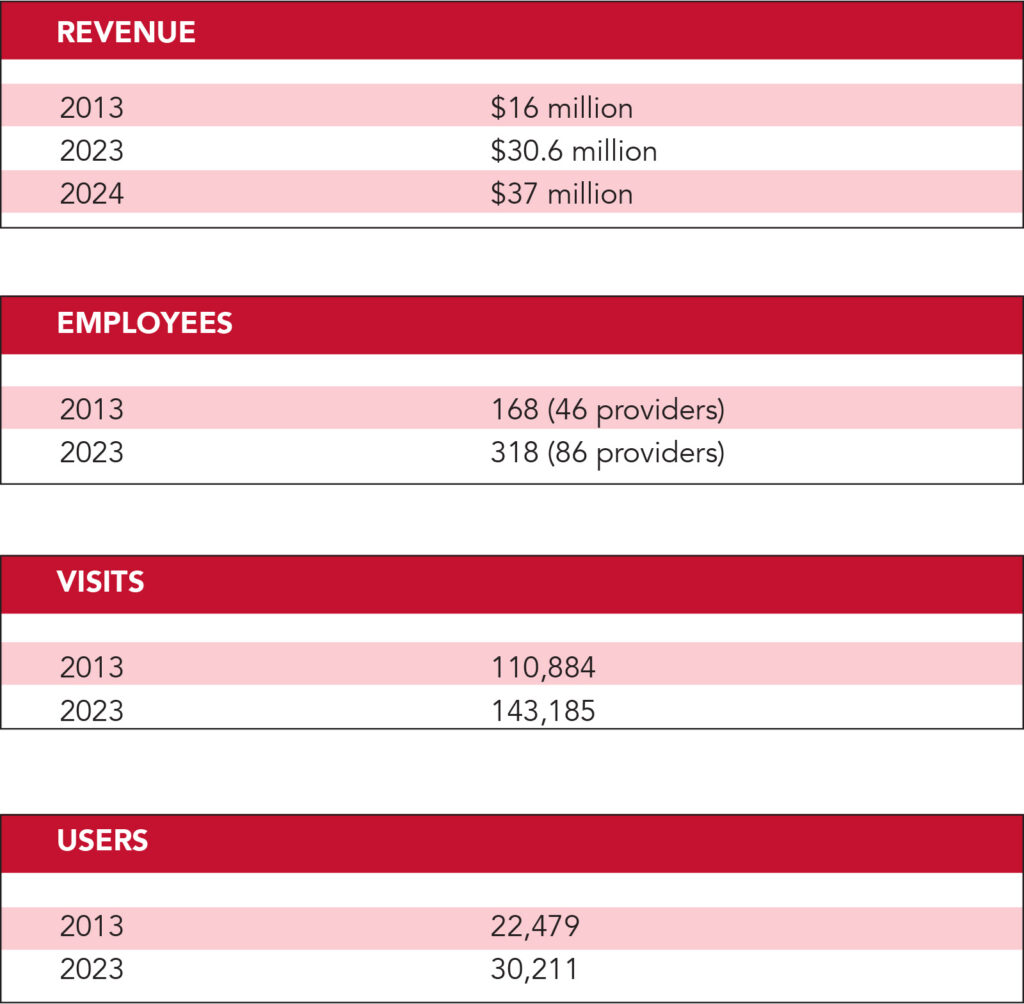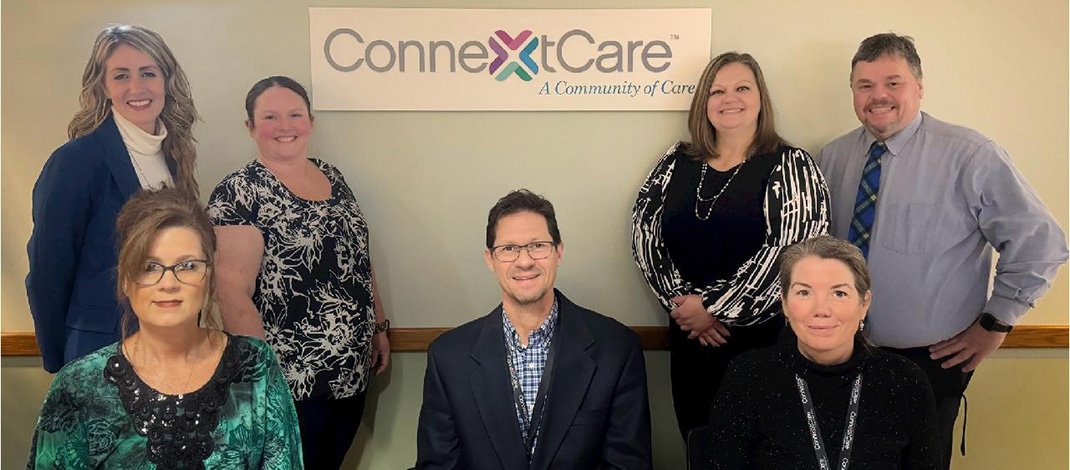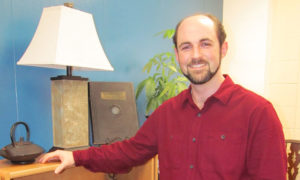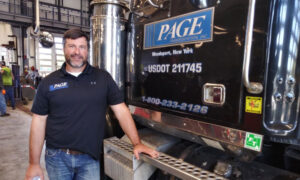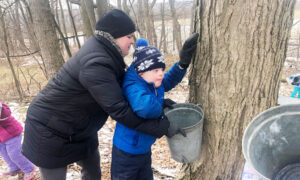The heart of ConnextCare’s success: It’s all about the employees, the CEO says
By Stefan Yablonski
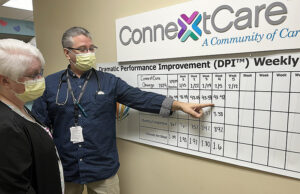
Established in 1975, ConnextCare Pulaski is a patient-centered health care practice providing northern Oswego and southern Jefferson County residents with a variety of comprehensive health care, dental and related services.
The center is operated by ConnextCare, a private, federally-funded non-profit organization governed by a volunteer board of directors.
It started as Northern Oswego County Health Inc. It is now celebrating 10 years under the ConnextCare banner and is looking forward to a bright future.
“ConnextCare’s employees, guided by our dedicated leadership team and volunteer board of directors, are at the heart of our success,” said Tricia Peter-Clark, ConnextCare’s president and chief executive officer. “This team understands the unique opportunities within Oswego County and has the proven ability to adapt quickly to changing environments to achieve the outcomes desired.”
Over the last 10 years, they have strategically built upon core infrastructure to add important pieces that continue to make the organization stronger as a whole, she said.
Peter-Clark was chosen by ConnextCare to serve as its next president and chief executive officer. The former chief executive officer, Daniel Dey, retired in June 2021.
Peter-Clark is responsible for a patient-centered network of health care practices that has grown to provide services to tens of thousands of patients.
In the beginning
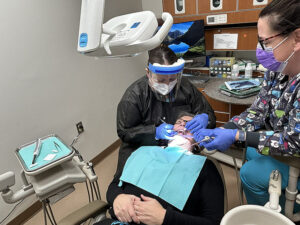
“On our first day together in January of 2013, we were required to bill for services rendered so we could start capturing revenue to offset the increased expenses we immediately incurred under our new structure,” she said. “This quickly transitioned to the training of all staff on one electronic medical record system, which required the transition of three sites from paper charts and two sites from a different electronic medical record in order for this to happen! It was a huge undertaking. However, the staff’s willingness to work with us through this important transition made it possible.”
Once they had a unified system for billing and patient charting, “we could then work to standardize workflows between all staff. This was keenly important as it allowed for us to flex staff between sites when a support person was needed and no matter where they went, we were all doing things within one system,” she continued.
They took three disparate cultures — policy and procedure manuals and layers of supervision and over time cultivated the best practices each group brought into one set of standardized operating procedures.
This was made possible as a result of the clinical leadership they had — and currently still do — who met weekly to review workflows, establish written protocols and work through whatever challenge came up.
Following the integration of the three disparate primary care systems, came the inclusion of mental health in the main sites; as well as the expansion of dental at the main site in Pulaski as well as Fulton, which were all made possible as a result of grants through the Health Resources and Services Administration.
These programs again built upon the primary care foundation and offered vital services to patients that improved their overall well-being, she added.
And then, COVID-19
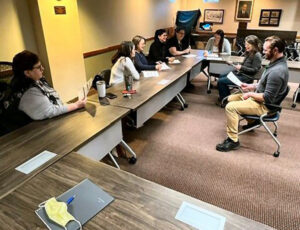
Things were going “very well, programs were thriving, services were expanding” and then the public health emergency was declared.
Despite this significant disruption to the entire country, ConnextCare never skipped a beat, “in fact we prevailed, quickly adjusting to delivering care remotely, which included the launch of telehealth, literally overnight,” Peter-Clark said.
“We were fortunate to keep all sites open and operational by floating staff from one site to another to fill necessary holes, but also deployed staff from areas such as school-based health, referrals and dental into other roles to support the broader system,” she added. “There were zero involuntary layoffs — instead we got creative with our staffing models so each person served a critical function to best respond to the COVID pandemic. It was because of our large network built over the previous seven years that offered the capacity to quickly shift directions and respond to the daily regulatory changes received — this would not have been possible as a stand-alone site!”
ConnextCare’s previously established relationships with the local schools, formed through its school-based health center program, were essential as “we were able to support our districts with return to school and play protocols following a positive COVID test/exposure,” Peter-Clark said.
They expanded this partnership to include providing onsite vaccinations for all students and staff.
“ConnextCare was the first in our county to administer COVID-19 vaccines and today, we are proud to say that we have provided greater than 34,000 vaccines, receiving federal recognition as one of the top 10% of all health centers, nationwide for our response during the PHE,” she said.
The COVID-19 pandemic taught many valuable lessons that they were later able to incorporate in to their capital plans, “including the importance of segregating our sick and well patients, not just during the pandemic but for routine care overall.”
ConnextCare established designated sick time across all its sites, to minimize risk between patients and created two new service lines at its main site in Pulaski, which now offers its entire network of patients with access to care in the safest way possible. The External Respiratory Care Center was designed with the patient in mind, as staff saw time and time again the challenges some elderly adults, intellectually disabled patients and those with overall general limited mobility, had in accessing essential services.
The ERC has a covered canopy to protect patients from inclement weather and two exam rooms equipped with negative pressure units that allow patients to go directly from their car in to an exam room for care.
“We have held multiple vaccination clinics, allowing patients to stay in their vehicles for the entire service, so we can ensure that our most vulnerable patients receive the essential care they need, without having to overcome any additional obstacles,” she said.
In addition to the ERC building, ConnextCare renovated a vacant site in its Pulaski location to establish an acute care suite to manage all non-respiratory related visits through a same day or walk-in model. Prior to COVID-19 they offered walk-in services at all locations and based on patient demand.
“We worked to bring this back in a more segregated and efficient manner,” she said. “We have seen great success with both of these models and will continue to adjust workflows to improve our patient experiences overall.
“ConnextCare’s success has been driven by community need as we are constantly reviewing quality metrics to determine where our greatest opportunities are and then finding ways to get it done.”
During the PHE while some entities were closing, ConnextCare rose to the challenge.
“We opened a new service center in Central Square and the Mexico Elementary SBHC, added dental services in both schools within the Pulaski district, we started providing dental in a long-term care facility and started planning for a new Oswego practice and the opening of another SBHC in the Oswego City School District,” she said. “Outside of these large initiatives we never lost sight of the importance of providing quality care and ensuring patient safety, investing several thousands of dollars in to resources and applications that would improve our patient outcomes, while also improving our efficiencies within operations. We are progressive in our thinking and remain true to our vision of being an innovative leader!”
Connexted
ConnextCare has stayed true to its roots and values of providing rural primary care — “except now we are no longer just in ‘Northern Oswego County.’ We are a robust network of ‘Connexted’ health centers, spanning all across Oswego County and we are stronger than ever before!” Peter-Clark said. “We have worked through all of the initial, anticipated growing pains of basically bringing five separate families under one roof, who first had to learn to talk to one another, then to work together and support each other, before we could really operationally function as one! This took time, nurturing and an unbelievable amount of enthusiasm to make happen — but we did it!”
They are not only connected through the technical aspects of their system but “we truly are connected as employees, willing to work between sites to help each other out or to donate PTO hours when a fellow colleague is in need. The silos that were once there are no longer, as each program, site and department are included in the bigger picture of who we are,” she added.
What has changed is how they look at each situation and the possibilities that come out of every challenge — it is no longer a break-fix type of response, she explained.
“The leadership team is constantly thinking about how it can improve the outcomes of our community and proactively takes time to research applications or supports that could assist them in accomplishing their goals,” she said. “So we stay ahead of the changes before we are forced to act on them.”
One of the greatest challenges they had as a system when they first transitioned to one EMR system was the lack of a robust IT infrastructure to support the internet bandwidth required to run the applications. Documents took forever to load and staff and provider frustrations were felt as the system was incapable of running as fast as they all wanted and needed it to.
ConnextCare invested in outside IT support that offered the knowledge to build a stable connection between locations.
“And now we have fully transitioned to the cloud, with great speed and minimal disruption. As a system, we are able to connect to our EMR [electronic medical records] from any location as long as we have internet, increasing our ability to respond in emergent situations or set up a practice in the middle of a gymnasium should another PHE occur,” Peter-Clark said.
ConnextCare embraces change and appreciates that its customer base wants to access health care in different ways than those 50 years ago did, she added.
“We now offer things like telehealth, online bill pay, automated appointment reminders and remote pre-visit check-in and soon we will begin sending clinical screening forms electronically to patients to complete before they come in to the office,” she said. “Patient demand is driving our business model and we are fortunate to have a team who is willing to commit the time and energy to make it all possible.
“ConnextCare has benefited from the advancements in social media, posting pertinent information daily to our Facebook page, where we see within minutes how quickly one post can be shared with thousands of other users — this is such a powerful tool that is key to sharing up to date information with our users on services provided, hours of operations, events, etc.”
A cautious outlook
“At the rate in which health care has changed even in the last two years, I am reluctant to provide a vision for our next 10,” Peter-Clark said. “I can however share that we have outlined a very detailed plan for the next three years, above that we will stay true to seeing through.
“When asked if we plan to do a specific service my safe response is always, ‘not yet.’ This is my non-committal way of leaving the options open, should a good opportunity present itself and then I will say to my team: Rise up ConnextCare!”
